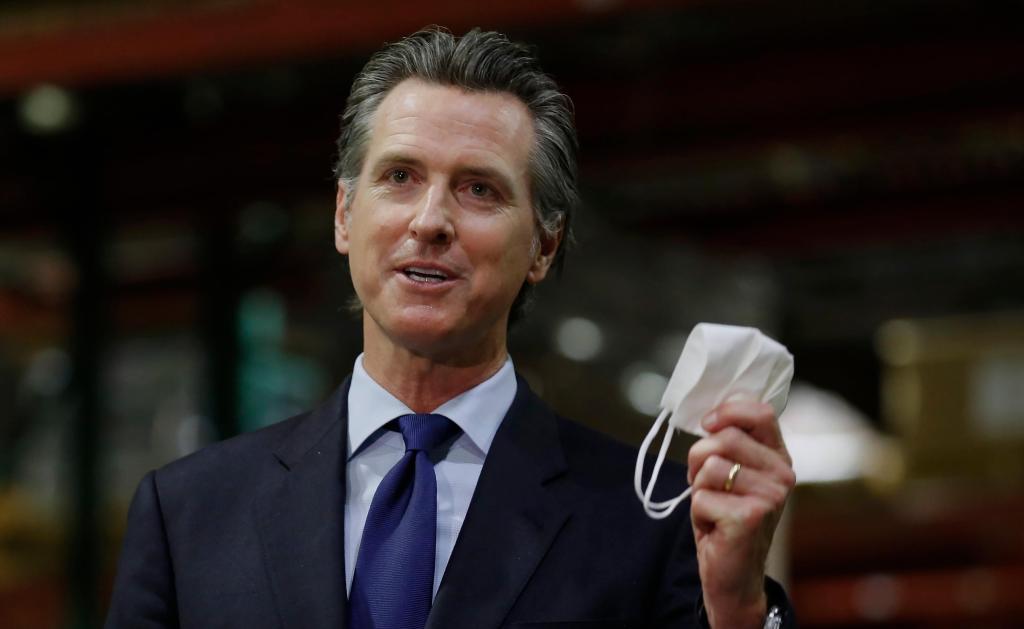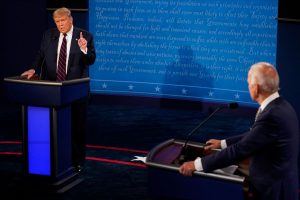Gov. Gavin Newsom said Monday that Californians should not anticipate “mass availability” of a COVID-19 vaccine until 2021 — and even then, the governor is unsure at what point next year most people can expect to have access to a vaccine.
A detailed vaccination distribution plan submitted to federal authorities and released Monday outlines how California officials will go about the hefty task of distributing millions of doses of a COVID-19 vaccine to residents and in what order residents recieve it.
Under the plan, vaccinating the state’s nearly 2 million healthcare workers will be the state’s top priority. Next, officials will expand distribution to people at increased risk for severe illness or death from COVID-19 and other front-line essential workers.
Nonessential workers and the general public, which fall last on the state’s priority list, should expect to wait months after the first vaccines are issued before receiving their doses.
“When we talk vaccinations, don’t anticipate or expect that you’ll be able to go down to a pharmacy anytime this calendar year and get a vaccination,” he said. “We hope that’s the case, but based on all the evidence, all the data that we have been provided, and the expertise we have been able to glean … it is simply unrealistic to expect.”
As one of five jurisdictions working with the Centers for Disease Control and Prevention on the logistics of distributing a vaccine, California health officials are privy to the details of the two of the most promising vaccine candidates, Newsom said.
When it’s time to review the vaccine, a Scientific Safety Review Workgroup will offer an analysis independent of the federal agencies to verify its safety and efficacy. The group, announced Monday, is made up of 11 scientists around California and chaired by Dr. Arthur L. Reingold, the Division Head of Epidemiology and Biostatistics at UC Berkeley.
California will not release any vaccines until the governor’s COVID-19 Vaccine Task Force independently reviews and approves them.
Newsom estimated there would be 45 million doses available nationally by the end of the year “on the high end,” he said. Of those, California would receive 12%, or about 5 million, which would just about cover two doses for all the healthcare workers in the state.
Due to the limited anticipated supply of vaccines initially, Newsom said it is even unlikely that most patients and workers in long-term care facilities will have access to a vaccine by the end of the calendar year — despite the fact that those are among the vulnerable groups labeled as a top priority on the state’s distribution plan.
“I understand the prevailing winds where people are pushing optimism because we’re desperate for it… but the sober reality is the expectation should not and can not be this calendar year for the overwhelming majority of us,” the governor said.
The two leading vaccine candidates present unique logistical challenges: each requires storage at temperatures between 20 and 70 degrees below zero celsius. California is already planning to stockpile dry ice, Newsom said.
On top of that, each vaccine requires two doses, administered 21 days apart, adding another potential complication.
Mass distribution won’t come until 2021 at the earliest, Newsom said. But as for when?
“It simply depends on who you talk to,” Newsom said. “Those who are more optimistic say Q1 (January to March), those who are more realistic the middle of 2021 and those who on the spectrum of being a little more pessimistic are looking at Q3 (July to September) of 2021.”
Dr. George Rutherford, an epidemiologist at UC San Francisco, believes vaccine distribution will be one factor in determining an eventual fifth tier in the state’s reopening system, one that would most closely mirror the world as it was before COVID.
Check back for updates.



















